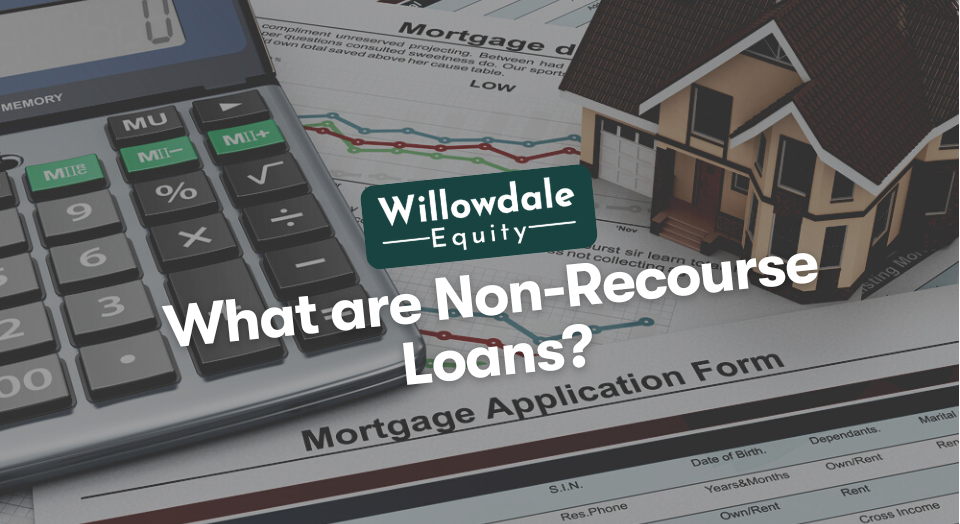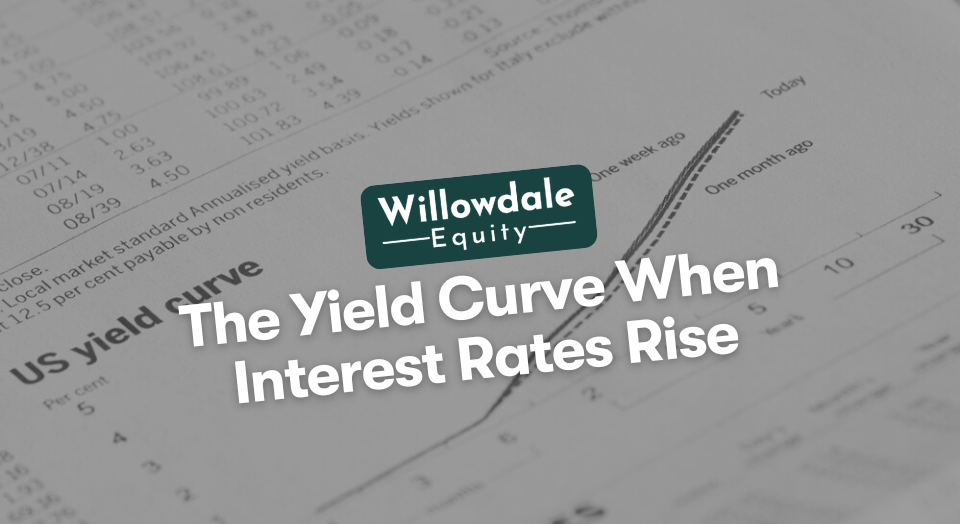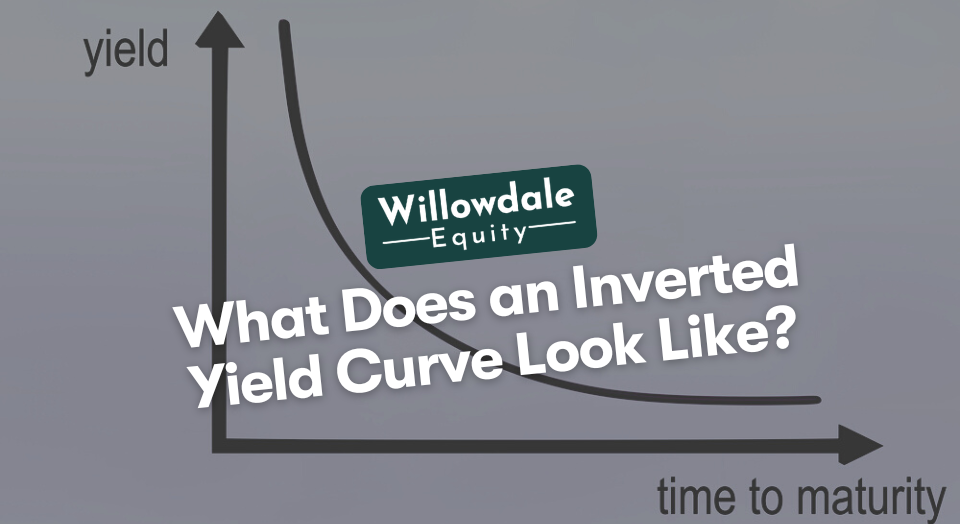
What are Non-Recourse Loans?
This article is part of our guide on fannie mae and non-recourse loans in multifamily, available here.
Non-recourse loans are perhaps the best option for financing a multifamily property to ensure a real estate sponsor limits their liability exposure. In the event of default, the borrower would not be on the hook for the lender’s shortfall (if the lender had a shortfall) in recouping the loan amount owed. In other words, the borrower can invest confidently without the concern of the lender seizing their collateral along with other personal assets in the event they default on the loan.
Non-recourse financing options are very typical in the multifamily asset class due to the demand and stability the asset class provides. This article will focus on non-recourse loans in multifamily real estate and showcase the full story of what non-recourse entails.
Key Takeaways
-
Non-recourse loans are the gold standard for financing since they expose the borrower to less risk. They are typically offered by a government agency or specialty commercial lender.
-
Sometimes, non-recourse debt may become a full recourse loan, as the non-recourse protection isn’t absolute.
-
Most non-recourse debts come with a condition/counter-guarantee that we know as the bad boy carve-out, allowing lenders to adopt the full recourse path.
What are Non-Recourse Loans in Multifamily Real Estate?

Non-recourse loans are the gold standard for multifamily financing since they expose the borrower to less risk. They are typically offered by a government agency or specialty commercial lender.
Non-recourse multifamily debt doesn’t require you to provide a personal guarantee. In other words, lenders can’t seize the borrower’s other assets to cover the value of the defaulted loan amount if they fail to repay them. This type of loan is secured by collateral. It’s usually the property you’re investing in. If the borrower defaults on the loan, the lender will foreclose on the property but can’t warrant further compensation, even if the collateral doesn’t cover the total loan amount.
This keeps your personal assets protected from repossession. However, most non-recourse loans in multifamily real estate have strict net worth and sponsorship requirements. Your debt service coverage ratio (DSCR), credit score, and the legal and financial history of you and your loan sponsor may also be subject to greater scrutiny.
To better understand the benefits of non-recourse financing for multifamily properties, we must highlight what a recourse debt offers for the same.
What is a Recourse Loan in Multifamily?
This loan in multifamily real estate requires a personal guarantee from the borrower. It allows lenders to go after their personal property and sell it if they can’t recoup the entire investment value from the loan collateral. As evident, recourse debt carries a greater risk for investors looking to borrow money for multifamily investing. Nevertheless, it remains a popular financing vehicle because in some instances, borrowers may get better terms on the debt, or because of the “PG” they’ve pledged, it might make getting the financing to closing a bit easier.
On the contrary, qualifying for a non-recourse loan can be challenging, but they promise much lesser risk. It’s also the standard loan type for multifamily properties requiring commercial financing over $5 to $10 million but is still offered on lower-sized loans too. But remember, non-recourse financing isn’t always non-recourse, which brings us to the next question.
When Can a Non-Recourse Loan Become a Recourse Loan?
Sometimes, non-recourse debt may become a full recourse loan, as the non-recourse protection isn’t absolute. It typically happens when the borrower is unable to pay the debt owed. Most non-recourse debts come with a condition/counter-guarantee that we know as the bad boy carve-out, allowing lenders to adopt the full recourse path. Let’s discover how this condition plays out.
The “Bad Boy” Carve-Out
The bad boy carve-out aims to protect lenders from loss from the borrower’s ill intention. It permits the lender to make the loan partially or fully recourse and go after the borrower’s assets if negligence or fraudulent activity is suspected. It may include:
- Lying about financial status to the lender to misrepresent the power to fulfill loan repayments
- Misapplication of funds
- Inability to pay property taxes
- Voluntary declaration of bankruptcy
- Failing to meet the adequate amount of insurance coverage
As a borrower, you must carefully review (and negotiate) the wording of recourse carve-out conditions before signing the loan agreement to ensure they’re as narrow and transparent as possible. If you fail to do so, you won’t have a genuine non-recourse debt.
Consequently, you’ll have to be extra careful to avoid situations where you violate the conditions through a technicality. Of course, you should focus on these things only after you’ve qualified for non-recourse financing.
Good Read: Difference Between Conforming and Conventional Loans
How to Qualify for a Non-Recourse Loan?

To qualify for a non-recourse loan in real estate, you must meet some financial and property requirements:
- A strong personal balance sheet (cash and assets)
- A decent credit score
- A networth exceeding the loan amount
- Liquidity of at least 10% of the loan amount
- A track record of ownership as a General Partner of comparable size or units relative to the property that you are looking to finance
- A DSCR of 1.25 – this credential demonstrates your ability to cover the costs associated with a non-recourse debt and the property expenses, including taxes and general maintenance.
- A comfortable ratio of loan to value
With these important factors in mind, you can maximize your chances of securing a non-recourse loan for your preferred property. Now that the qualification conditions are out of the way let’s answer one of the most asked questions by borrowers nearing retirement.
Related Read: Does a Partner Get Basis for Non-Recourse Debt?
Are Reverse Mortgages Non-Recourse Loans?
Yes. Reverse mortgage loans are non-recourse loans. If you can’t return the borrowed amount, the lender can’t try to cover the outstanding loan balance with any of your assets apart from the collateral. As long as you don’t delay tax and maintenance payments, you can stay in the property with fixed terms, regardless of the changes in the housing market or interest rate. No matter what the property’s market value is in the future, you or your heirs won’t owe more than that.
Frequently Asked Questions about a Non-Recourse Loan in Real Estate
Yes. Most banks offer non-recourse loans, but not all of them do. Even those that do aren’t usually interested in a residential property with one to four units. These loans are typically for larger commercial real estate projects, like retail units, offices, apartments, multifamily homes, and industrial properties.
Non-recourse debts are secured by collateral, which in most cases, is the property the investor wishes to purchase. If the borrower defaults, the lender can seize the collateral.
What Non-Recourse Loan Means - Conclusion:
Most multifamily investors take this route when borrowing money to stay protected from personal liability and putting the rest of their portfolio at risk. The key to making the most of this financing option is to carefully review the loan documents before signing and stay on top of all the provisions and nuances, especially those regarding bad boy carve-outs.
Join the investors club today here at Willowdale Equity to learn more about the benefits of non-recourse loans in multifamily real estate and get access to our private multifamily investment opportunities.
Sources:
- Forbes, “Recourse Loans Vs. Non-Recourse Loans”
- Wealth Management, “How ‘Bad Boy’ Guarantees Can Make a Non-Recourse Loan Suddenly Become Recourse”
Interested In Learning More About PASSIVE Real Estate Investing In Multifamily Properties?
Get Access to the FREE 5 Day PASSIVE Real Estate Investing Crash Course.
In this video crash course, you’ll learn everything you need to know from A to Z
about passive investing in multifamily real estate.
We’ll cover topics like earned income vs passive income, the tax advantages, why multifamily, inflation, how syndications work, and much much more!




